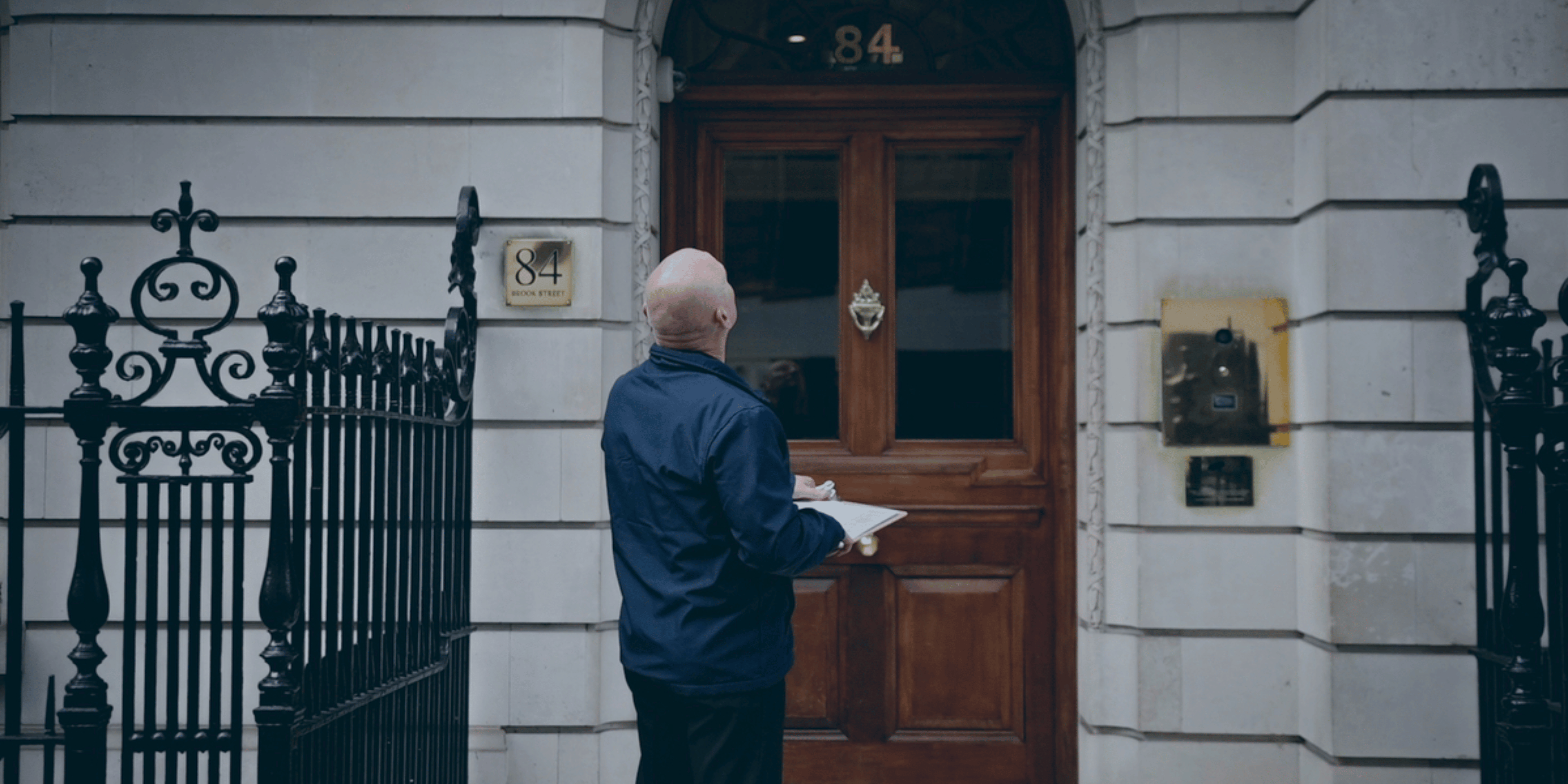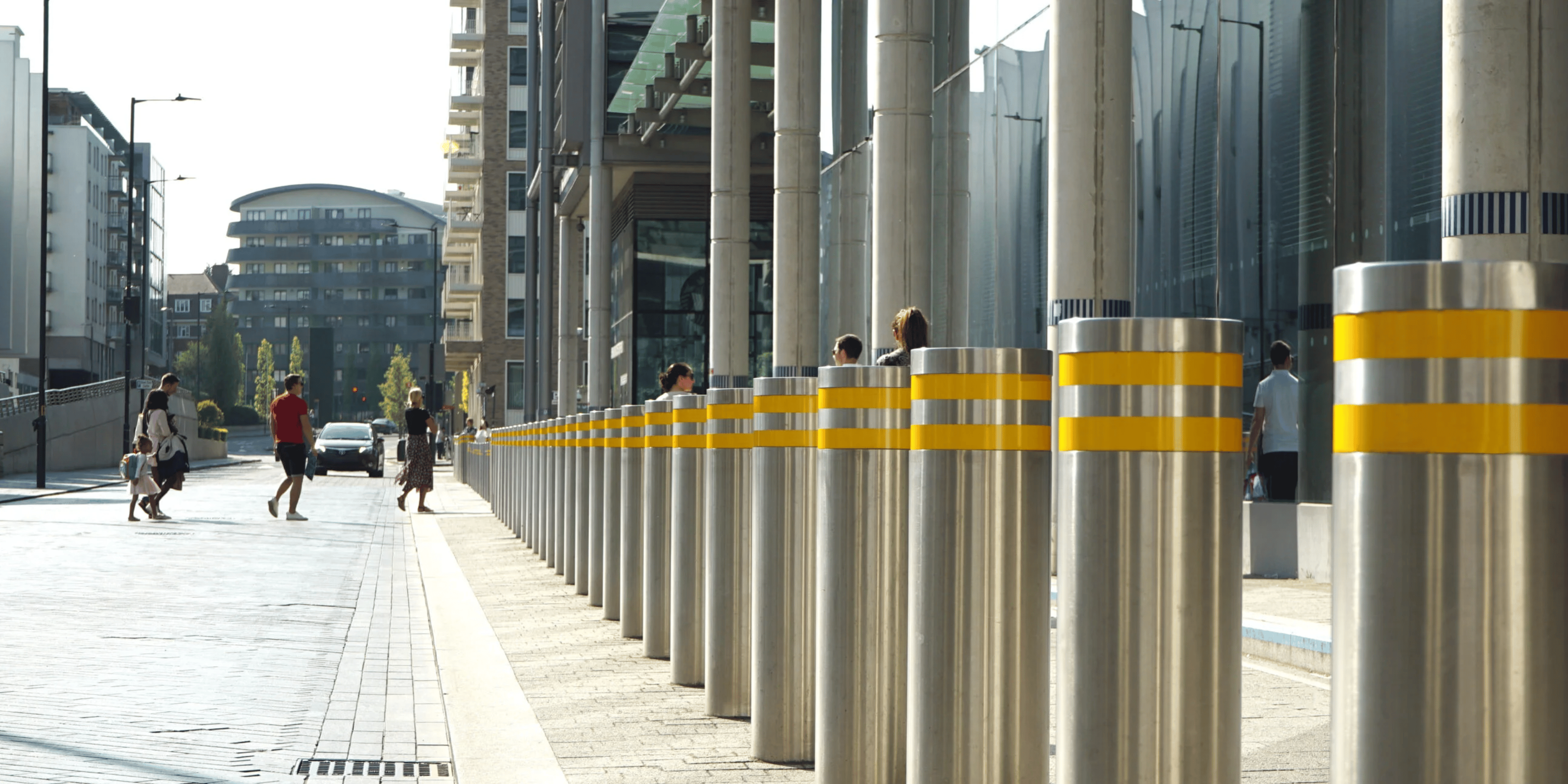
4 Steps for Effective CCTV Camera System Installation
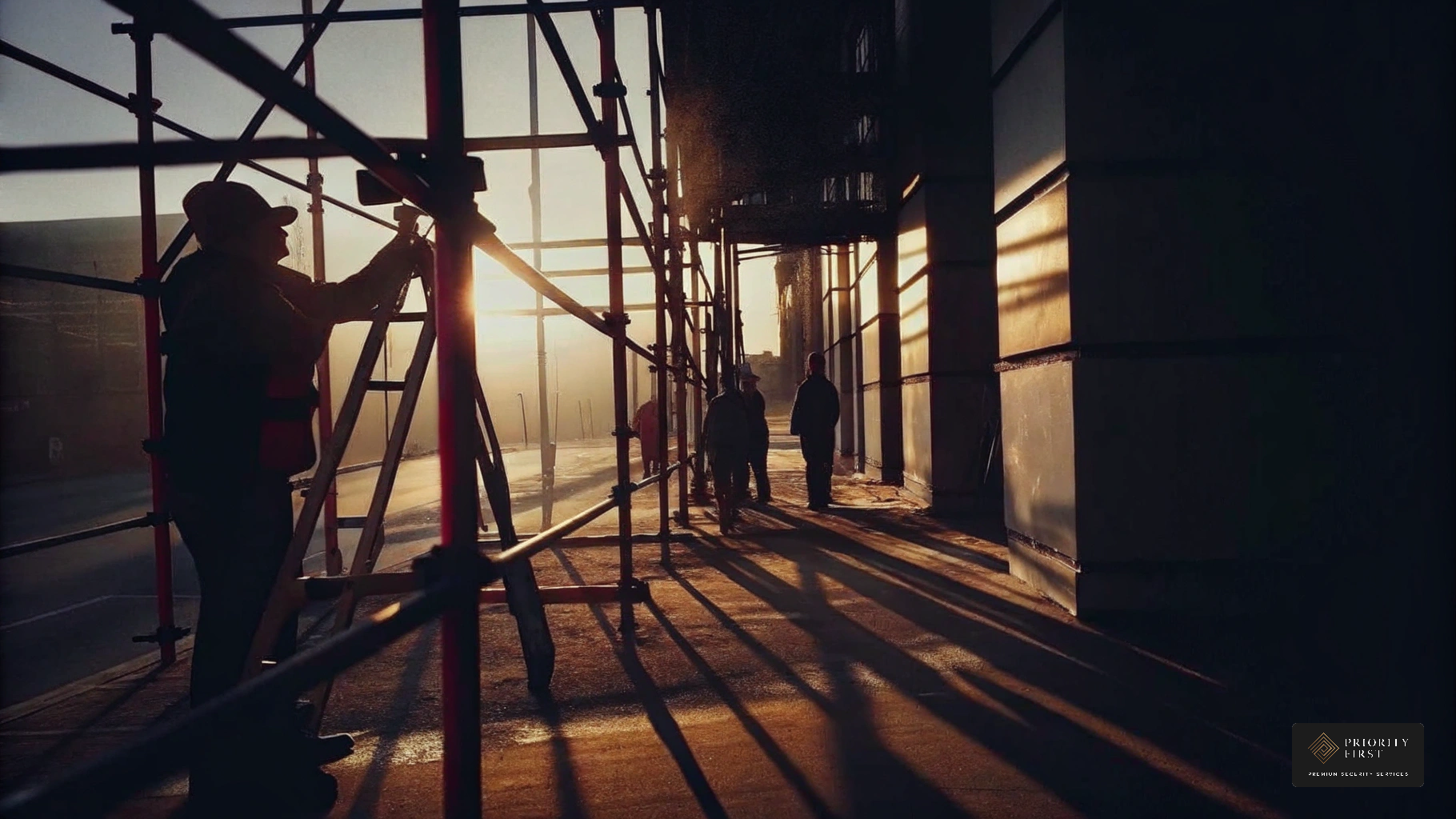
Overview
The effective installation of CCTV camera systems is a critical component in addressing security challenges faced by businesses today. Understanding the various types of CCTV available is essential for tailoring solutions that meet specific security needs. This planning phase is not merely a preliminary step; it sets the foundation for a robust security strategy that can mitigate risks effectively.
Ignoring the importance of a well-planned CCTV installation can lead to significant financial, operational, and reputational consequences. Businesses that neglect this aspect may find themselves vulnerable to theft and security breaches, which could cost them dearly in terms of lost assets and diminished trust among clients. The reality is that proactive measures are far more cost-effective than reactive responses to security incidents.
Priority First plays a pivotal role in navigating these complexities, offering expert insights and practical solutions that ensure the installation process is executed flawlessly. By leveraging real-world examples and case studies, we illustrate how proper installation and ongoing maintenance can enhance security and protect valuable assets. In practise, our approach not only secures investments but also fosters a culture of resilience within organisations.
Ultimately, early investment in a comprehensive CCTV system is not just about preventing immediate losses; it is a strategic move towards safeguarding long-term business continuity. The lesson is clear: a tailored, well-executed CCTV installation is an essential component of any modern security strategy.
Introduction
CCTV camera systems have become essential in modern security management, providing various options tailored to meet diverse needs. The reality is that understanding the intricacies of different types—such as analogue, IP, and wireless systems—can empower individuals and organisations to make informed decisions that enhance safety and deter crime. However, ignoring the importance of a well-planned CCTV installation can lead to significant risks.
This article delves into the essential steps for installing a CCTV camera system, offering a comprehensive guide that addresses:
- Planning
- Execution
- Maintenance
to achieve optimal performance.
Understand CCTV Systems: Types and Functions
CCTV camera system installation is essential for effective protection administration, and it exists in various forms tailored for specific purposes. Understanding these categories is vital for selecting the right system for based on security needs and budget.
- Analogue CCTV: These traditional setups transmit video signals over coaxial cables. While they tend to be more economical, they offer lower resolution than digital systems, which can limit their effectiveness in detail recognition. Additionally, analogue devices lack encryption during transmission, increasing the risk of interception and theft.
- IP CCTV: These devices connect to a network, transmitting high-definition video and supporting advanced features such as remote access, motion detection, and analytics. This technology is gaining traction due to its scalability and superior image quality, with IP networks projected to hold 49.6% of the market share by 2025. The global surveillance camera market is expected to reach £61.63 billion by 2029, highlighting the growing demand for advanced technologies. Priority First focuses on integrating CCTV camera system installation with existing protective systems, ensuring minimal disruption while enhancing overall safety frameworks. This integration provides technical support and regular updates for the CCTV camera system installation to improve security setups.
- Wireless CCTV: These systems use Wi-Fi for video transmission, eliminating the need for extensive cabling and simplifying installation. However, they may be more vulnerable to interference, which can compromise reliability.
- PTZ Cameras: Pan-Tilt-Zoom cameras can be remotely controlled to cover larger areas, making them suitable for monitoring expansive spaces. Their flexibility allows for focused monitoring, thereby enhancing overall protection coverage.
Experts indicate that while analogue setups may have lower initial costs, the long-term benefits of IP CCTV—such as improved resolution, advanced analytics, and remote monitoring—make them a more effective choice for modern security needs. As Yusra Bintemohiuddin remarked, "Video surveillance is no longer just about safety—it’s a tool for analytics and decision-making." Moreover, the incorporation of AI and advanced analytics in IP frameworks is revolutionising security management, providing real-time insights and proactive threat identification.
For example, the installation of over 350 high-end dome cameras in Bhubaneswar as part of a smart city initiative underscores the practical application of modern surveillance technology. Familiarity with these types will assist in selecting the appropriate CCTV camera system installation based on specific security needs and budget, ensuring enhanced safety for construction sites. Furthermore, the presence of surveillance cameras acts as a deterrent to crime and vandalism, further safeguarding premises.
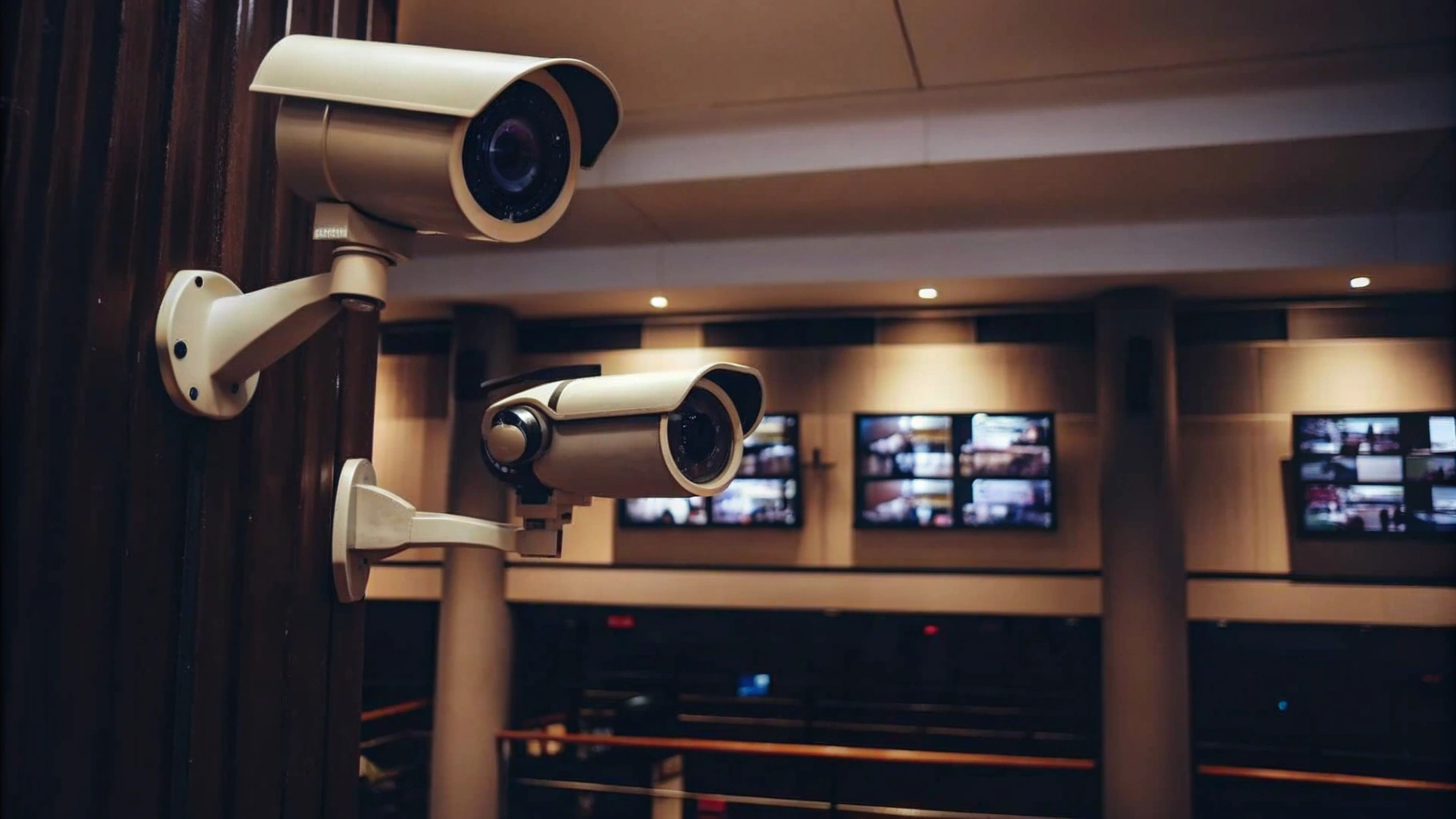
Plan Your Installation: Site Assessment and Equipment Selection
To effectively plan your CCTV installation, follow these steps:
- Conduct a Site Assessment: Begin with a thorough walkthrough of the area designated for camera installation. Identify key monitoring locations, such as entrances, exits, and high-traffic zones. Pay special attention to potential blind spots and areas susceptible to vandalism or theft, as these are crucial for maintaining site safety. Priority First’s expertise in ensures that all potential risks are identified and addressed during this assessment.
- Determine Equipment Placement: Utilise your assessment findings to strategically position each device. Ensure coverage of essential areas while avoiding obstructions that could hinder visibility or raise privacy concerns. For instance, a case study involving the University of Leeds highlighted the importance of covering communal spaces and high-value areas without compromising architectural integrity. Typically, construction sites may need between 8 to 12 devices, depending on the site's dimensions and arrangement, a method that Priority First has effectively applied in several projects.
- Select Equipment: Choose cameras that align with your specific safety needs. Consider factors such as resolution, night vision capabilities, and whether wired or wireless options are more suitable for your site. Additionally, include necessary accessories like cables, mounts, and a recording device (DVR/NVR) to ensure a comprehensive setup. Insights from safety experts highlight that there is no universal solution; equipment should be customised to the distinct challenges of each location. As mentioned by Eamonn O'Doherty, an account manager at Priority First, "When it involves safety, there is no one-size-fits-all approach."
- Create a Layout Plan: Draught a detailed layout plan that outlines equipment locations, wiring routes, and power sources. This plan will serve as a roadmap during installation, promoting organisation and efficiency. A successful initiative, like the surveillance system established for the Commonwealth Games, which incorporated 110 additional cameras fused with an existing 2,500 cameras, illustrates how careful planning can improve safety and operational efficiency. The project, valued at £360,000, demonstrates the scale and significance of proper surveillance system installation in ensuring safety and compliance. Additionally, Priority First ensures the safety of your construction site through CCTV camera system installation that provides round-the-clock monitoring services, guaranteeing that your property is constantly observed.
By following these steps, you can establish a strong surveillance network that not only safeguards your construction site but also enhances overall safety and adherence to regulations, utilising Priority First's customised security solutions.

Execute Installation: Step-by-Step Setup of Your CCTV System
To successfully instal your CCTV system, it is essential to follow these steps:
- Gather Your Tools: Prepare all necessary tools, including a drill, screwdriver, cable ties, and a level. Having everything on hand will streamline the installation process and minimise delays.
- Instal the Devices: Refer to your layout plan to securely instal the equipment at the predetermined locations. Position them at the correct height and angle to ensure optimal coverage, avoiding blind spots that could compromise security.
- Run the Cables: For wired devices, run the cables from each unit to the DVR/NVR. Use cable ties to secure the cables neatly along walls or ceilings, reducing tripping hazards and maintaining a tidy installation.
- Connect the System: Link the devices to the DVR/NVR and power them on. If utilising IP cameras, adhere to the manufacturer's guidelines for network connectivity to guarantee smooth integration with your current surveillance setups, as Priority First specialises in this area.
- Configure Settings: Access the settings to configure recording schedules, motion detection zones, and alerts. Tailor these settings to meet your specific security needs, ensuring that the system operates effectively.
Installation Insights: The reality is that common challenges during CCTV camera system installation include ensuring proper camera placement and effectively managing cable runs. Utilising tools like can simplify the installation process by allowing both power and video transmission through a single cable. Furthermore, it’s crucial to recognise that metal theft expenses the UK economy approximately £500 million annually, highlighting the need for efficient CCTV camera system installation to enhance property security. With Priority First’s 24/7 monitoring service, which includes real-time threat detection and technical support, you can ensure robust surveillance for your construction site, deterring crime and enhancing safety for your staff and assets.
By following these steps and considering insights from security installation professionals, you can improve the efficiency of your surveillance setup, ensuring strong monitoring for your construction site.
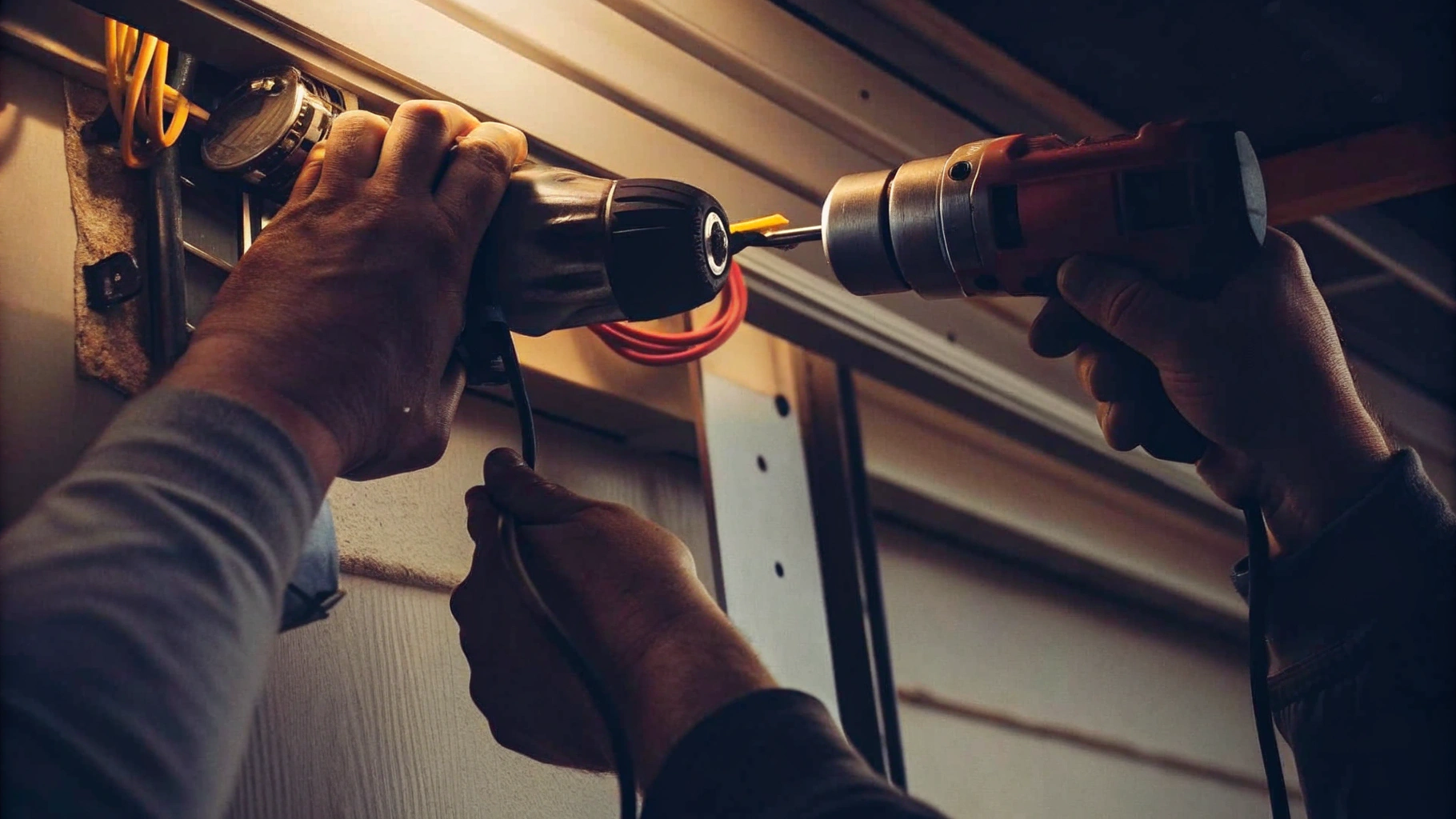
Test and Maintain: Ensure Optimal Performance of Your CCTV System
To ensure your CCTV camera system installation remains effective, it is vital to adhere to essential maintenance practices that safeguard your investment and enhance security.
- Regularly testing the system is crucial. Conduct routine checks on each device’s functionality by reviewing footage to confirm they are recording properly. Testing the playback feature ensures recordings are clear and accessible, which is essential for providing necessary proof during incidents.
- Inspecting device positioning periodically is also important. Verify that equipment is securely mounted and has not shifted from its intended locations. Adjust angles as necessary to maintain optimal coverage, as misaligned devices can create blind spots that undermine security.
- Cleaning the cameras should not be overlooked. Dust and debris can obstruct camera lenses, significantly reducing image quality. Regularly clean the lenses with a soft, lint-free cloth to ensure clear visibility, especially in outdoor environments where exposure to elements is common.
- Checking connections is another critical step. Inspect all cables and connections for wear or damage. Ensure that power supplies are operating properly, and replace any defective components promptly to prevent failures. Additionally, include checks for monitors, switches, local recording equipment, and remote communication facilities to ensure comprehensive functionality of the setup.
- Updating software is essential for optimal performance. Keep your DVR/NVR software up to date to benefit from the latest features and security patches. Frequent updates improve system performance and safeguard against vulnerabilities.
- Regularly verifying motion detection features is necessary for effective surveillance. Conducting weekly visual inspections can help identify any immediate issues, while scheduling at least annual professional servicing ensures thorough checks and maintenance.
- Lastly, ensuring data protection compliance is paramount. Securely store recordings and restrict access to authorized personnel to comply with GDPR regulations, safeguarding sensitive information.
By following these steps, you can extend the lifespan of your surveillance cameras and maintain their effectiveness, ultimately safeguarding your assets and ensuring compliance with industry standards. With Priority First's , including the installation of a comprehensive CCTV camera system, you can enhance the safety of your construction site and ensure continuous protection against potential threats. Neglecting these maintenance practices can lead to costly repairs or complete system failures, underscoring the importance of a proactive approach.
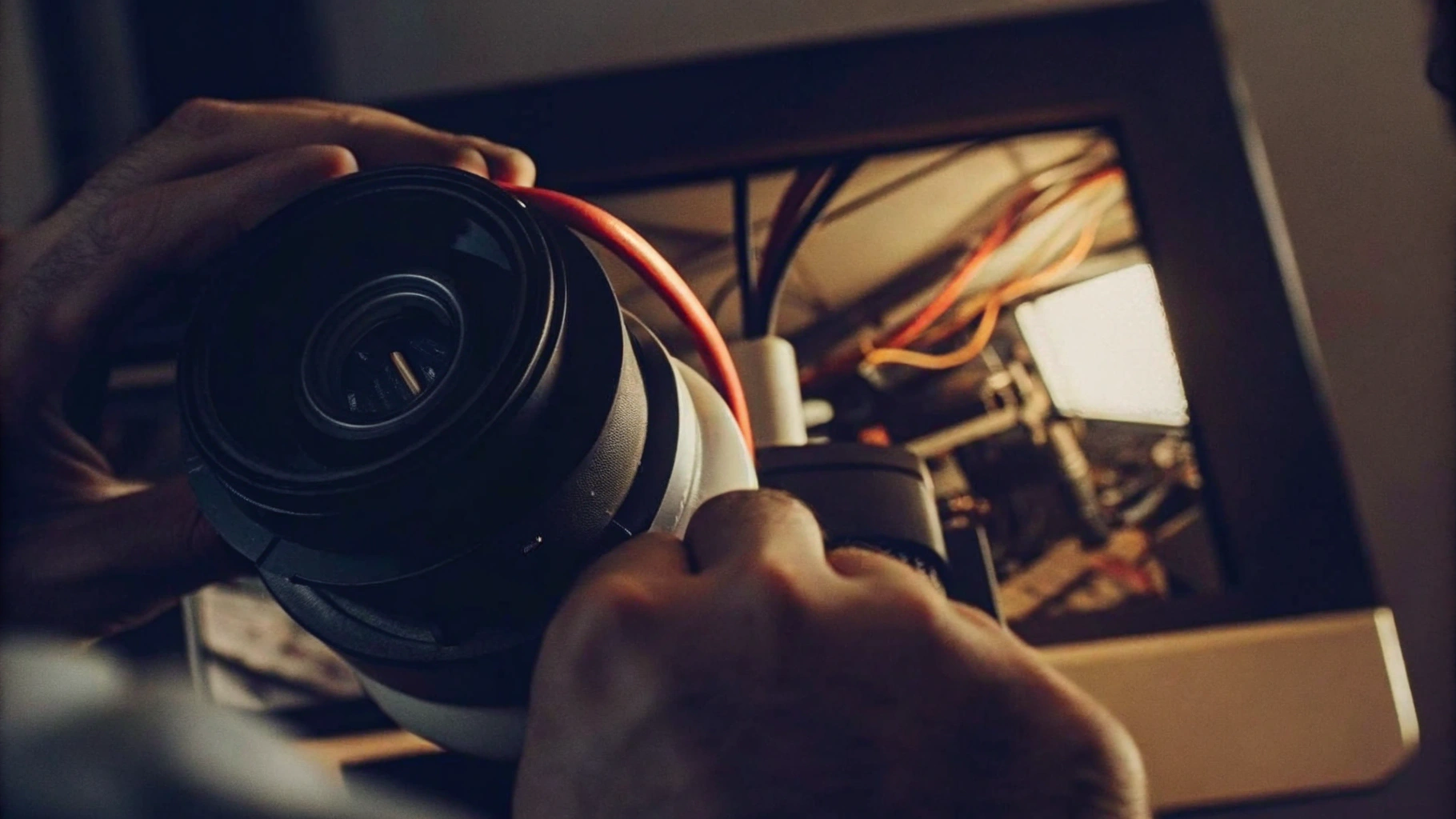
Conclusion
CCTV camera system installation is vital for enhancing security across various settings, especially construction sites. The reality is that understanding the different types of CCTV systems—analogue, IP, wireless, and PTZ—empowers individuals to select the most suitable solution that aligns with their specific security requirements and budget constraints. This article outlines a comprehensive four-step approach:
- Understanding CCTV systems
- Planning the installation through site assessments and equipment selection
- Executing the installation with precision
- Maintaining the system for optimal performance
Key insights highlight the necessity of a thorough site assessment to pinpoint critical monitoring areas, strategic equipment placement to mitigate blind spots, and the ongoing maintenance required to ensure systems operate effectively over time. That said, the emphasis on customising solutions to meet specific challenges underscores the need for a tailored approach in security management.
With advancements in technology, particularly in IP systems, the potential for enhanced surveillance capabilities is unprecedented, making it imperative for stakeholders to remain informed about best practises and the latest developments in CCTV installation.
Ultimately, investing time and resources into effective CCTV camera system installation safeguards assets and fosters a safer environment. By adhering to the outlined steps and prioritising regular maintenance, individuals and organisations can significantly bolster their security measures. The lesson is clear: embracing these practises not only deters crime but also contributes to a proactive security strategy that adapts to evolving threats, ensuring peace of mind for all involved.
Frequently Asked Questions
What are the main types of CCTV systems?
The main types of CCTV systems are Analogue CCTV, IP CCTV, Wireless CCTV, and PTZ (Pan-Tilt-Zoom) Cameras.
How does Analogue CCTV work and what are its limitations?
Analogue CCTV transmits video signals over coaxial cables and is typically more economical. However, it offers lower resolution, lacks encryption during transmission, and is more vulnerable to interception and theft.
What advantages does IP CCTV provide over Analogue CCTV?
IP CCTV connects to a network, providing high-definition video, remote access, motion detection, and analytics. It is scalable and offers superior image quality, making it a more effective choice for modern security needs.
What is the significance of the projected market share for IP networks by 2025?
IP networks are projected to hold 49.6% of the CCTV market share by 2025, indicating a growing preference for advanced surveillance technologies.
What are Wireless CCTV systems and what are their potential drawbacks?
Wireless CCTV systems use Wi-Fi for video transmission, simplifying installation by eliminating extensive cabling. However, they may be more susceptible to interference, which can affect reliability.
What are PTZ Cameras and where are they typically used?
PTZ Cameras are capable of being remotely controlled to pan, tilt, and zoom, making them suitable for monitoring larger areas and providing focused monitoring for enhanced protection coverage.
Why might IP CCTV be considered a better long-term investment compared to Analogue CCTV?
Despite lower initial costs for Analogue setups, IP CCTV offers long-term benefits such as improved resolution, advanced analytics, and remote monitoring, making it more effective for modern security needs.
How is AI impacting CCTV systems?
The incorporation of AI and advanced analytics in IP frameworks is revolutionising security management by providing real-time insights and proactive threat identification.
What role do surveillance cameras play in crime prevention?
The presence of surveillance cameras acts as a deterrent to crime and vandalism, enhancing safety for various premises, including construction sites.
How does Priority First integrate CCTV systems with existing protective measures?
Priority First focuses on integrating CCTV camera system installation with existing protective systems to ensure minimal disruption while enhancing overall safety frameworks, along with providing technical support and regular updates.


